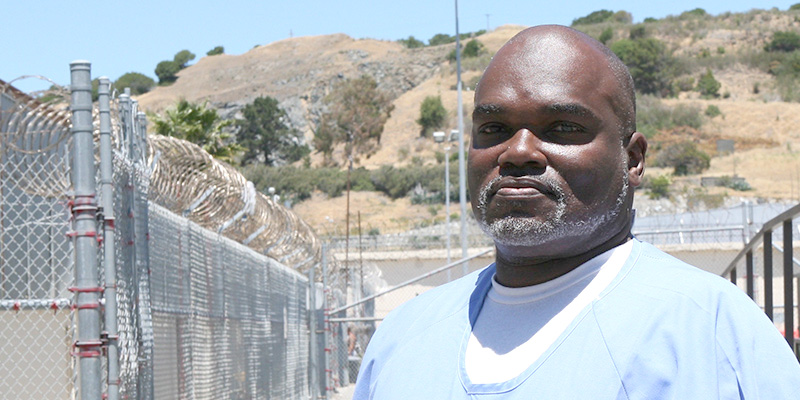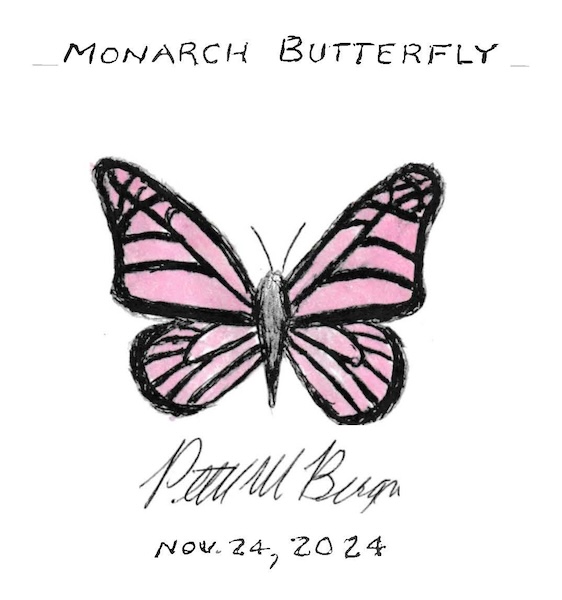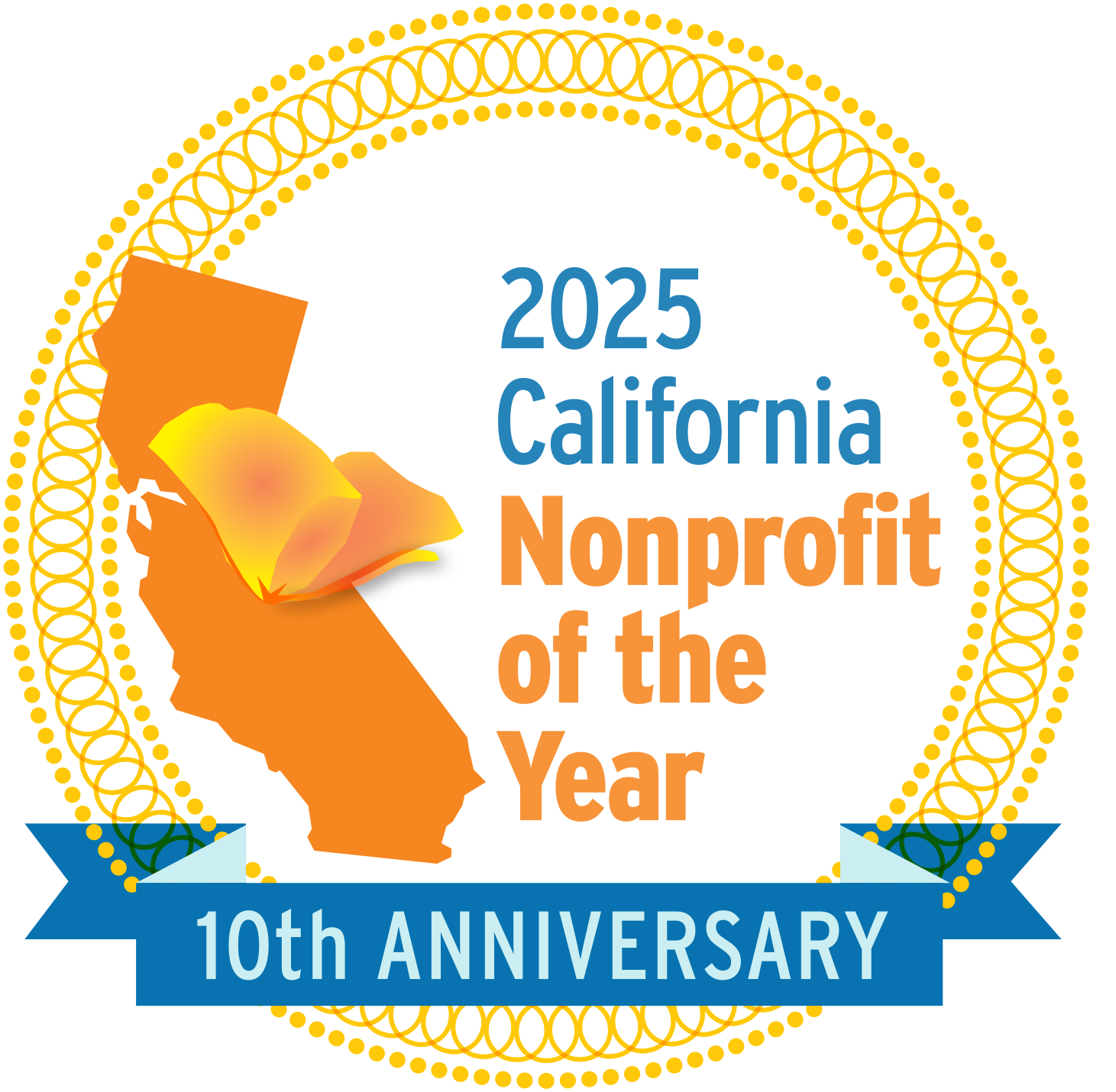My name is Alex Ross. I am 58 years old and I’ve been incarcerated 31 years on a 54-to-life sentence. In 1983, I dropped out of the 11th grade because of my poor comprehension. I told everyone I dropped out because of the multiple suspensions and gang fights that I was involved in. I was too ashamed to tell them that I could not understand nothing in school but math and music.
I was raised in a neighborhood where I was taught that fighting is how problems are solved.

My mother faced the obligations of a single mom raising eight kids alone so she decided to join the church. Soon I became an outsider to my friends who started teasing, taunting, and bullying me for being a church boy; not being able to read made things worse.
Fighting solved the teasing problem, but it couldn’t help with the Illiteracy.
ILLITERACY TRAUMA
By Alex Ross
Illiteracy trauma
Where those who were friends laughed at me
Not even momma could ease the pain.
Illiteracy trauma
58 years old sitting in a college class?
Still hearing the laughs from my 7th grade pass.
Illiteracy trauma
Raising my hand in a college class
Happy to retain information at last
Never realizing I Exceeded the ratio of question
That one man should ask.
Illiteracy trauma
Sitting in a jail cell staring at a magazine
While everyone else read books, papers,
And articles written in magazines.
Illiteracy trauma
A safe place, called community;
so they say?
Where I share my Illiteracy pass.
Suddenly I become the lesser
Of an equal community because of my pass
Illiteracy trauma
Where my advice is overlooked
Where my words have no meaning
Where others feel less then
If I get the answer before them
Not so safe for the illiterate
Illiteracy trauma
Where we come to a prison and trust people they jest met
With something as fragile as “I cannot read”
Illiteracy trauma
One day I’ll go to the Prison Board
I must explain the lessons I retained
While praying illiteracy do not block my brain.
As I repeat my thoughts in my brain!
My stuttering wards do not come out the Same
I did not properly explain
Denied!
Will there ever be an understanding
Of people who are attracted by their own brain.





